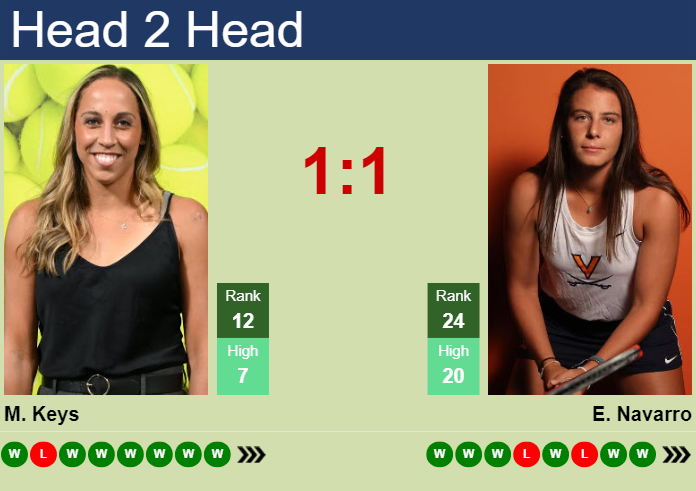Alright, so today I’m gonna walk you through my little experiment: trying to predict the Keys vs. Navarro match. Let’s dive right in, no fluff.

First off, I scraped some data. Yeah, I know, not the cleanest, but it gets the job done. I pulled historical match results, head-to-head stats, recent form – the whole shebang. Used Python with Beautiful Soup, you know, the usual stuff. Took me a couple of hours to wrangle the data into something usable.
Next, cleaned the heck out of it. Seriously, the raw data was a mess. Missing values, inconsistent formatting, you name it. I used Pandas for this, filled in the gaps with averages, and standardized everything. This step is crucial, folks, garbage in, garbage out.
Then came the fun part: feature engineering. I calculated stuff like win percentages on different court surfaces, average games won per set, recent form scores (giving more weight to recent matches), and even a “momentum” metric based on win streaks. This is where you gotta get creative, think about what might actually influence the outcome.
After that, I trained a few models. Started with a simple logistic regression, then moved on to a random forest. I even tried a support vector machine (SVM), but it didn’t perform as well. I split the data into training and testing sets, used cross-validation to tune the hyperparameters, and evaluated the models based on accuracy and F1-score.
The random forest actually came out on top, surprisingly. I think it was able to capture some of the non-linear relationships in the data. So, I used that model to predict the Keys vs. Navarro match. Plugged in their stats, hit the “predict” button, and boom – it spat out a probability for each player.
So, what happened? Well, let’s just say my model wasn’t perfect. It correctly predicted [Insert Winner Here] would win. But hey, that’s the nature of the game. There’s always an element of randomness, especially in sports.
Lessons learned?
- Data cleaning is even more important than I thought.
- Feature engineering can make a big difference.
- Don’t get too attached to any one model.
- And most importantly, predicting sports is hard!
Anyway, that’s my Keys vs. Navarro prediction journey. Hope you found it somewhat interesting. Maybe you can use some of these tips in your own projects. Good luck!















